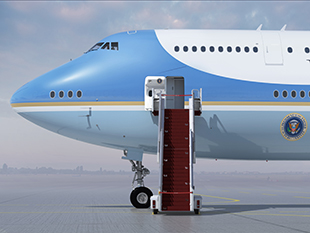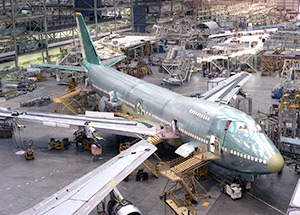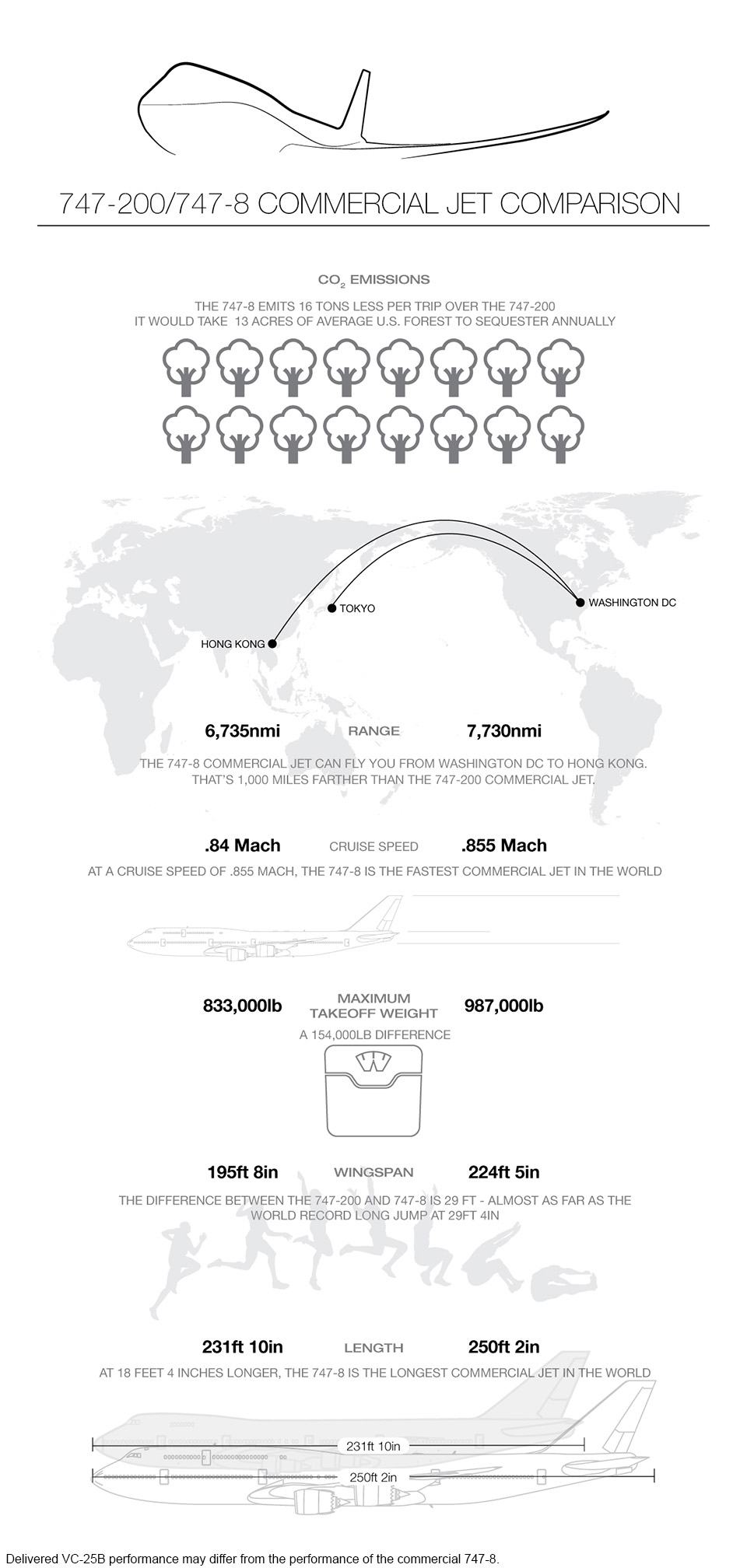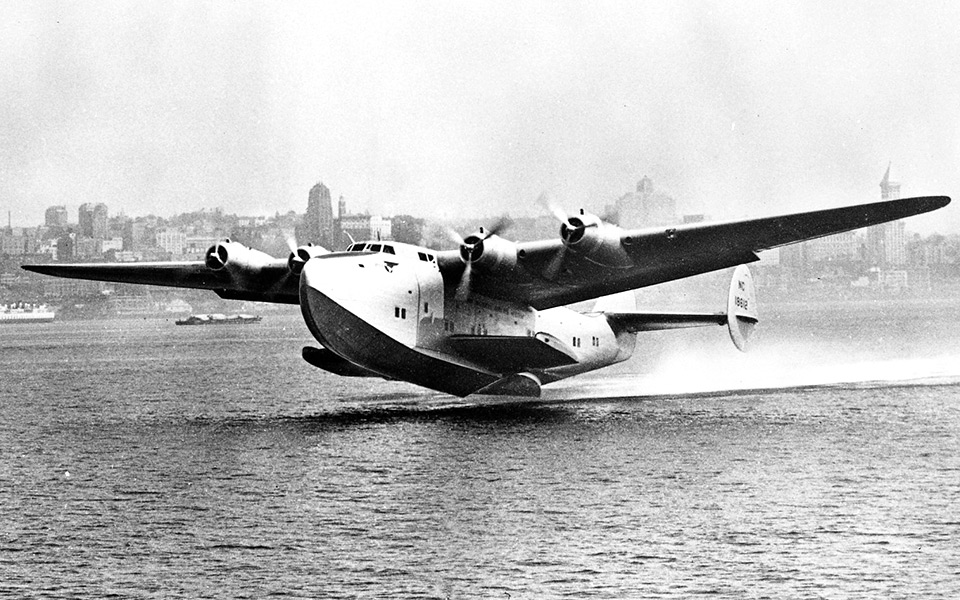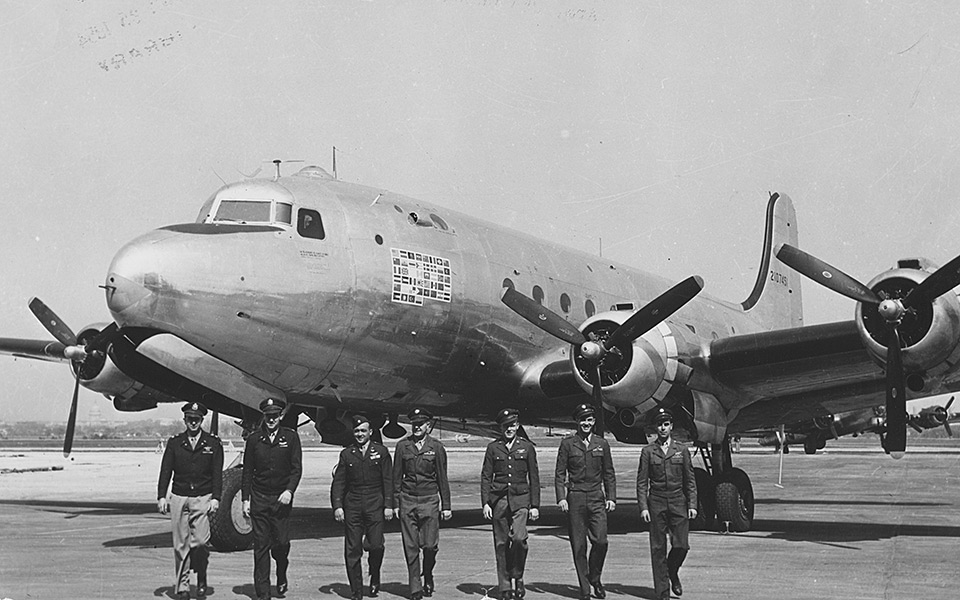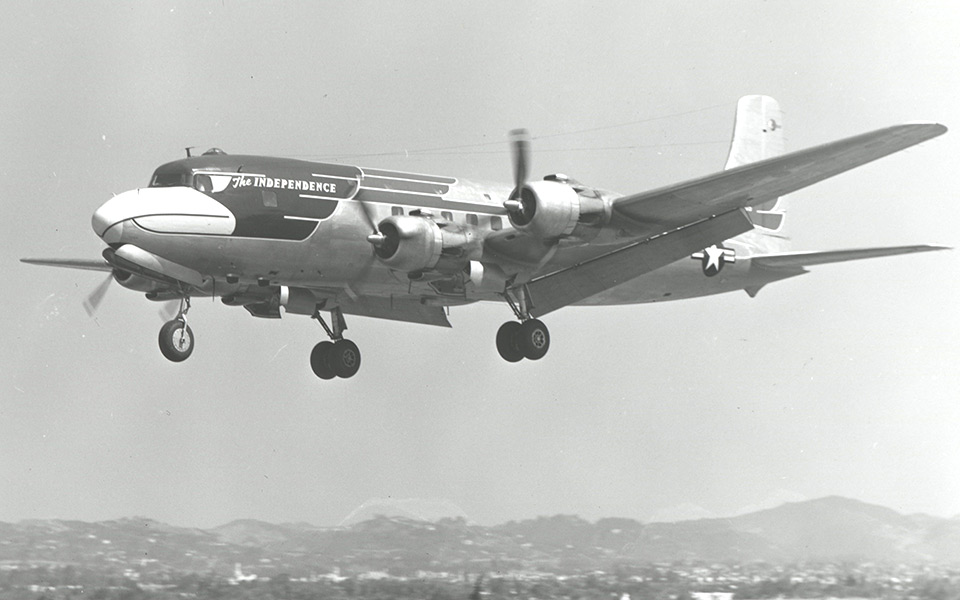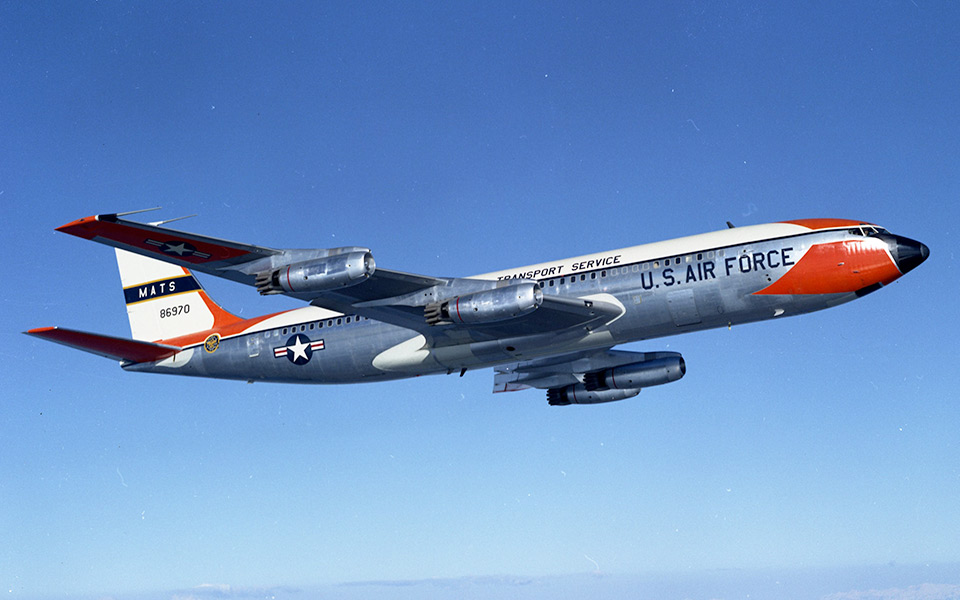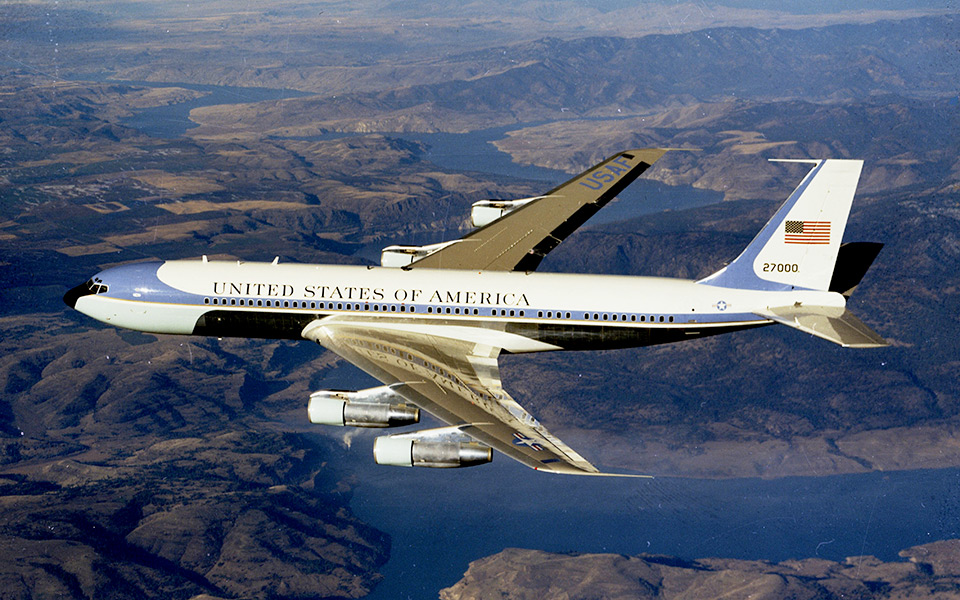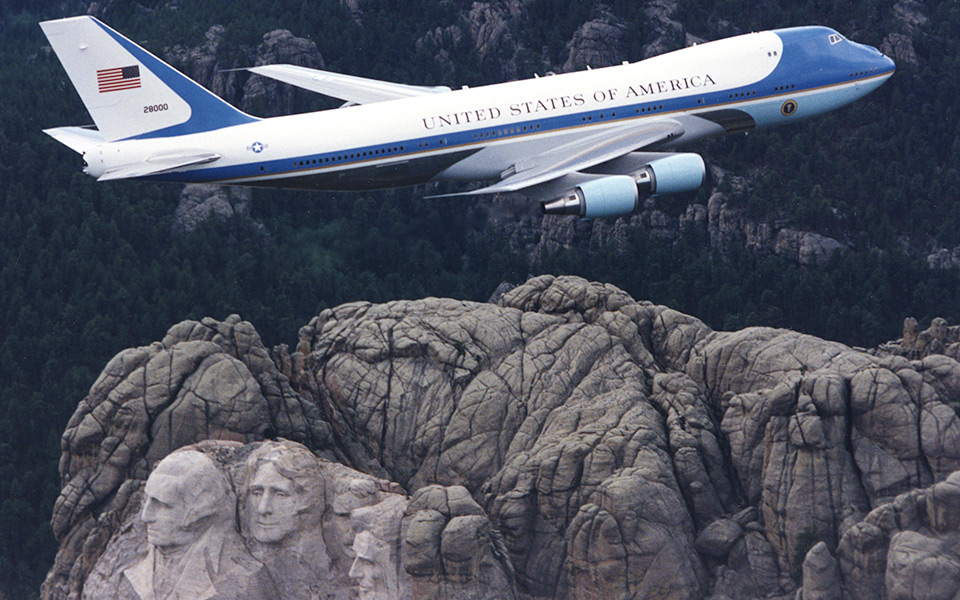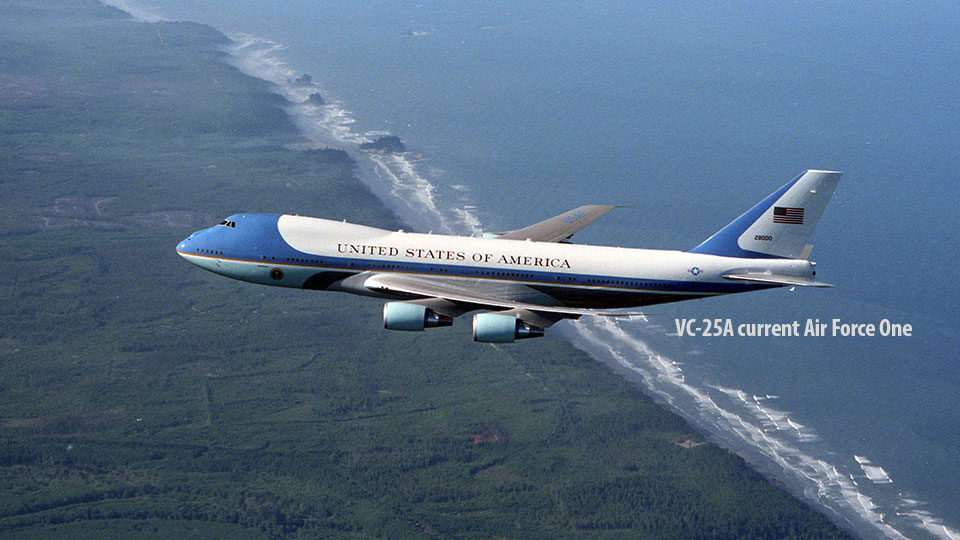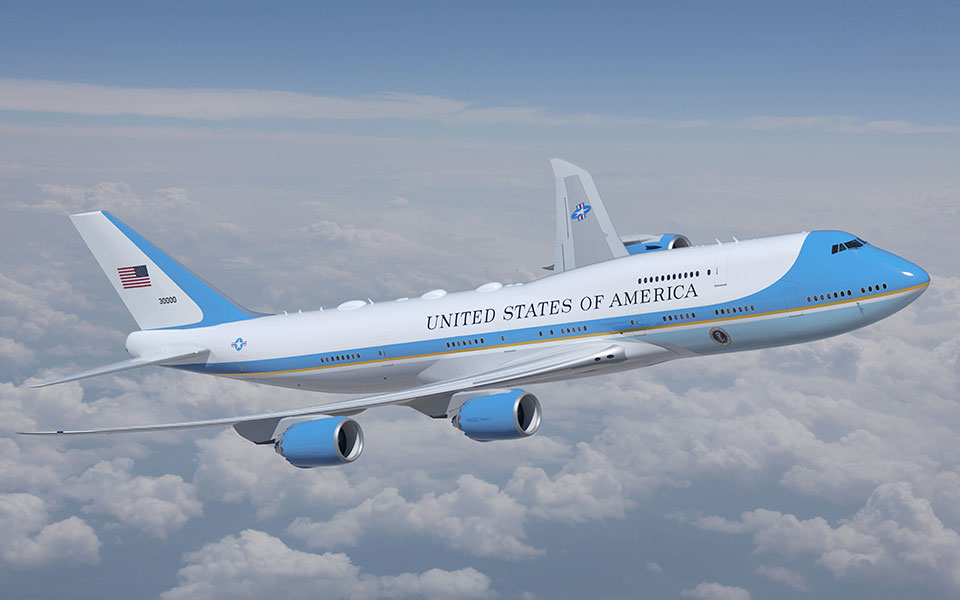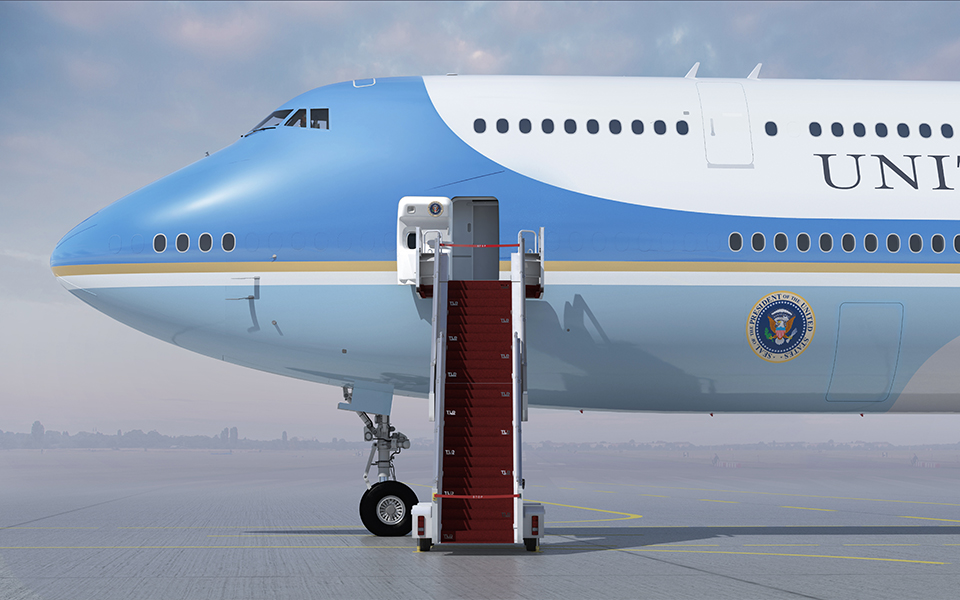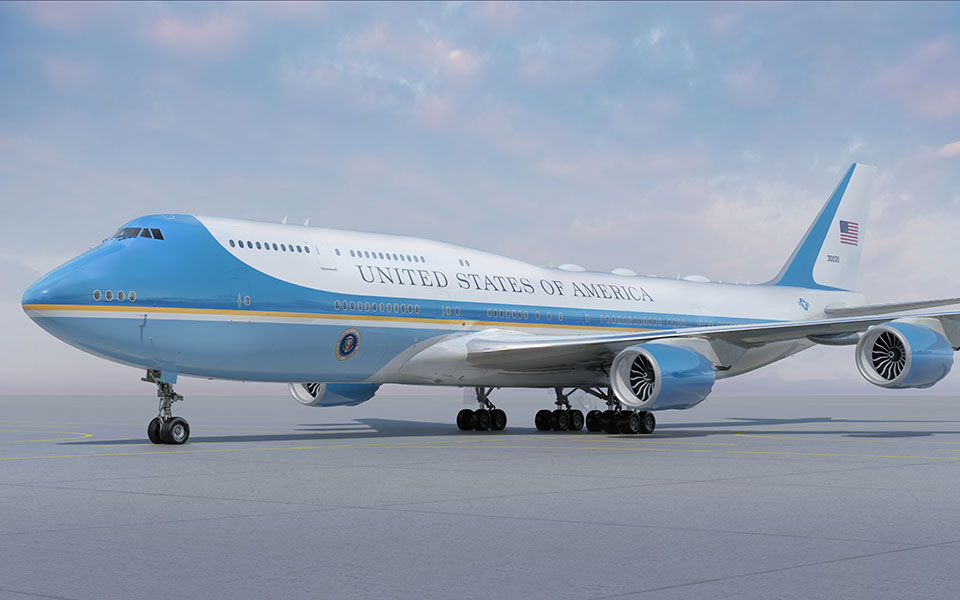From Presidents Roosevelt to Biden, Boeing airplanes have transported U.S. presidents around the world. The U.S. Air Force announced that it will continue the Boeing tradition with the 747-8, which will replace the two 747-200s that serve as the presidential Air Force One fleet.
When the 747-8 takes flight as the next Air Force One, Boeing airplanes will mark more than half a century of presidential service through the Jet Age.

